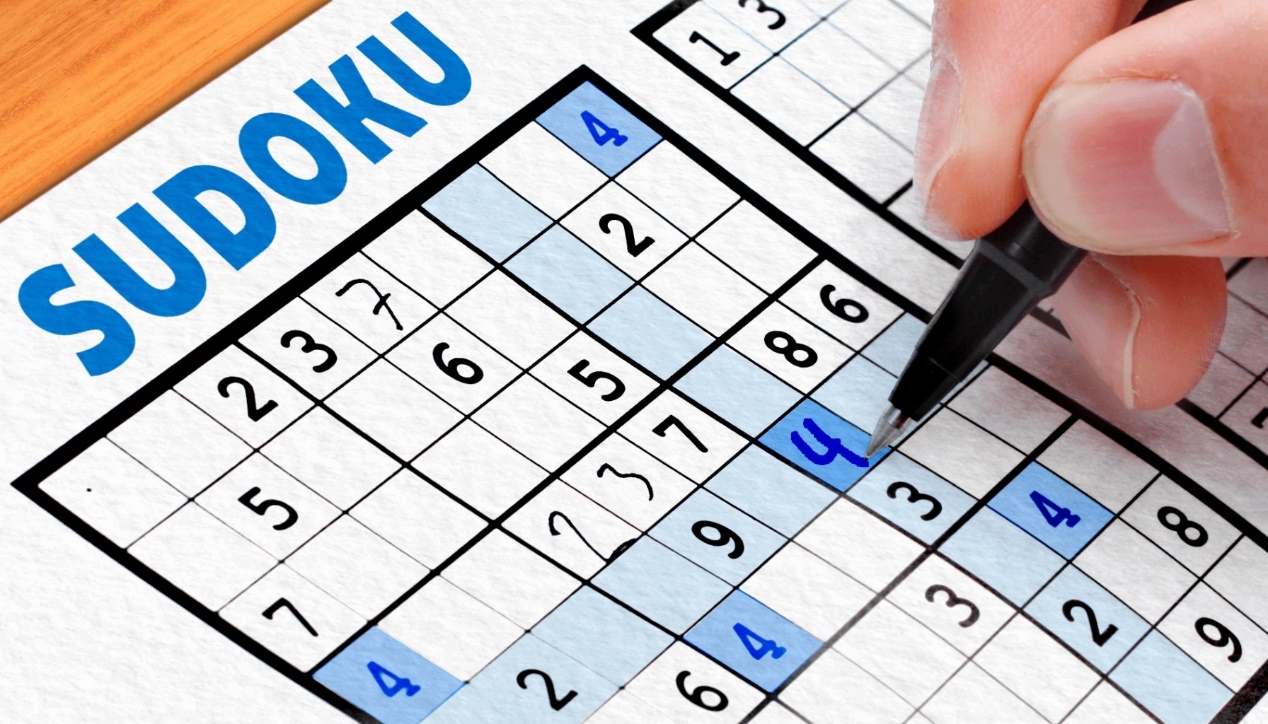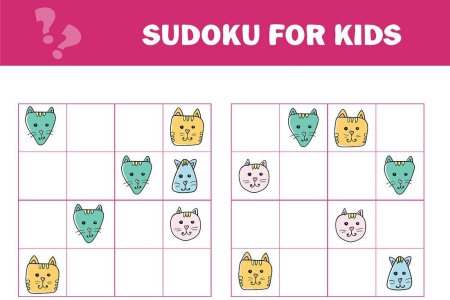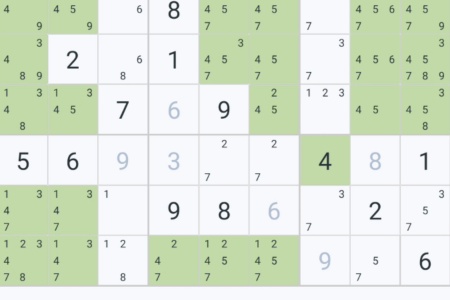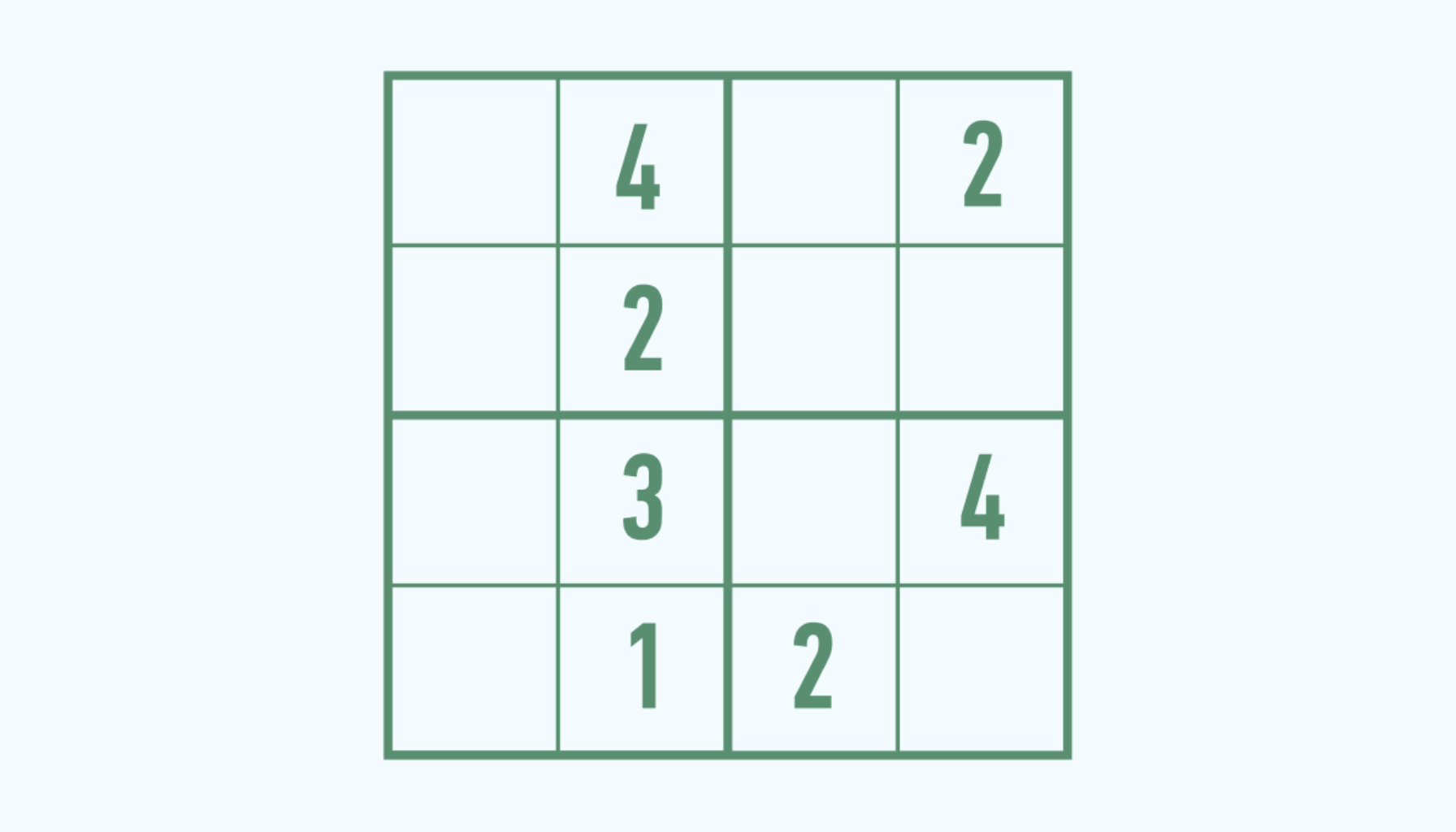Fascinating Origin of Sudoku
Sudoku is one of the world’s most beloved puzzle games, offering a challenge that’s as intellectually stimulating as it is satisfying. But how did this number puzzle originate, and how did it evolve into the form we recognize today? In this article, we’ll trace the origin of Sudoku from its mathematical roots to its modern-day popularity.
The Early Beginnings: Euler’s Latin Squares
The origin of Sudoku can be loosely traced back to the 18th century, thanks to the pioneering work of Swiss mathematician Leonhard Euler. In the 1780s, Euler developed a mathematical concept called the Latin square, a grid where numbers (or symbols) appear only once in each row and column. Latin squares, while not identical to Sudoku, introduced a similar challenge in organizing symbols logically in a constrained grid.
Euler’s invention laid the foundation for later puzzle designs. However, his concept lacked the 3x3 sub-grids that are essential in modern Sudoku puzzles. It wasn’t until the late 19th century that puzzles began appearing in newspapers, giving early Sudoku-style puzzles a foothold in popular media.
The Birth of Number Place in the United States (1979)
The next major step in the history of Sudoku came in 1979. American architect Howard Garns is credited with creating the first modern version of the puzzle. Published in Dell Pencil Puzzles and Word Games, Garns’ puzzle was called Number Place, featuring a 9x9 grid divided into nine 3x3 sub-grids. The goal was to fill in each row, column, and sub-grid with the numbers 1 to 9, appearing only once per row and column.
Though the puzzle wasn’t yet called Sudoku, it was very similar to the game we play today. This Number Place puzzle set the stage for what would eventually become a worldwide craze.
Sudoku in Japan: The Name and Rise to Popularity
In 1984, the puzzle reached Japan through the magazine Nikoli, where it was renamed Sudoku, an abbreviation of the Japanese phrase “Sūji wa dokushin ni kagiru”. Translated, it means “the digits must be single” or “the digits are limited to one occurrence.” Japanese readers quickly embraced the game, and Sudoku became a fixture in Japanese puzzle magazines.
What helped Sudoku thrive in Japan was the game’s use of numbers rather than letters. Japanese puzzle enthusiasts found the numeric nature of Sudoku both accessible and intellectually engaging.
The Global Sudoku Boom (2000s)
While Sudoku was popular in Japan for nearly two decades, its global origin story took a new turn in the early 2000s. Wayne Gould, a retired judge from New Zealand, discovered Sudoku while on a trip to Japan. Fascinated by the puzzle, he developed a computer program to generate Sudoku grids. Gould then persuaded major newspapers around the world, including The Times in the UK, to publish daily Sudoku puzzles. By 2005, Sudoku had become an international sensation, appearing in newspapers, magazines, books, and, eventually, online and in app stores.
This modern, digital spread of Sudoku cemented its place as one of the most popular puzzles globally. The origin of Sudoku became a topic of curiosity for fans everywhere, as millions were captivated by its challenge.
How Sudoku Evolved: From Paper to Digital
Sudoku’s digital evolution played a huge role in its global spread. With the rise of mobile apps, millions of people began playing Sudoku on phones. Online platforms offered daily challenges, multiplayer modes, and puzzles of varying difficulties, bringing the game to new generations of players. Today, Sudoku remains as popular as ever, with variations such as Killer Sudoku, Mega Sudoku, and Hyper Sudoku offering fresh twists on the classic format.
Now that you know the origins, grab a puzzle and dive into the world of Sudoku!



